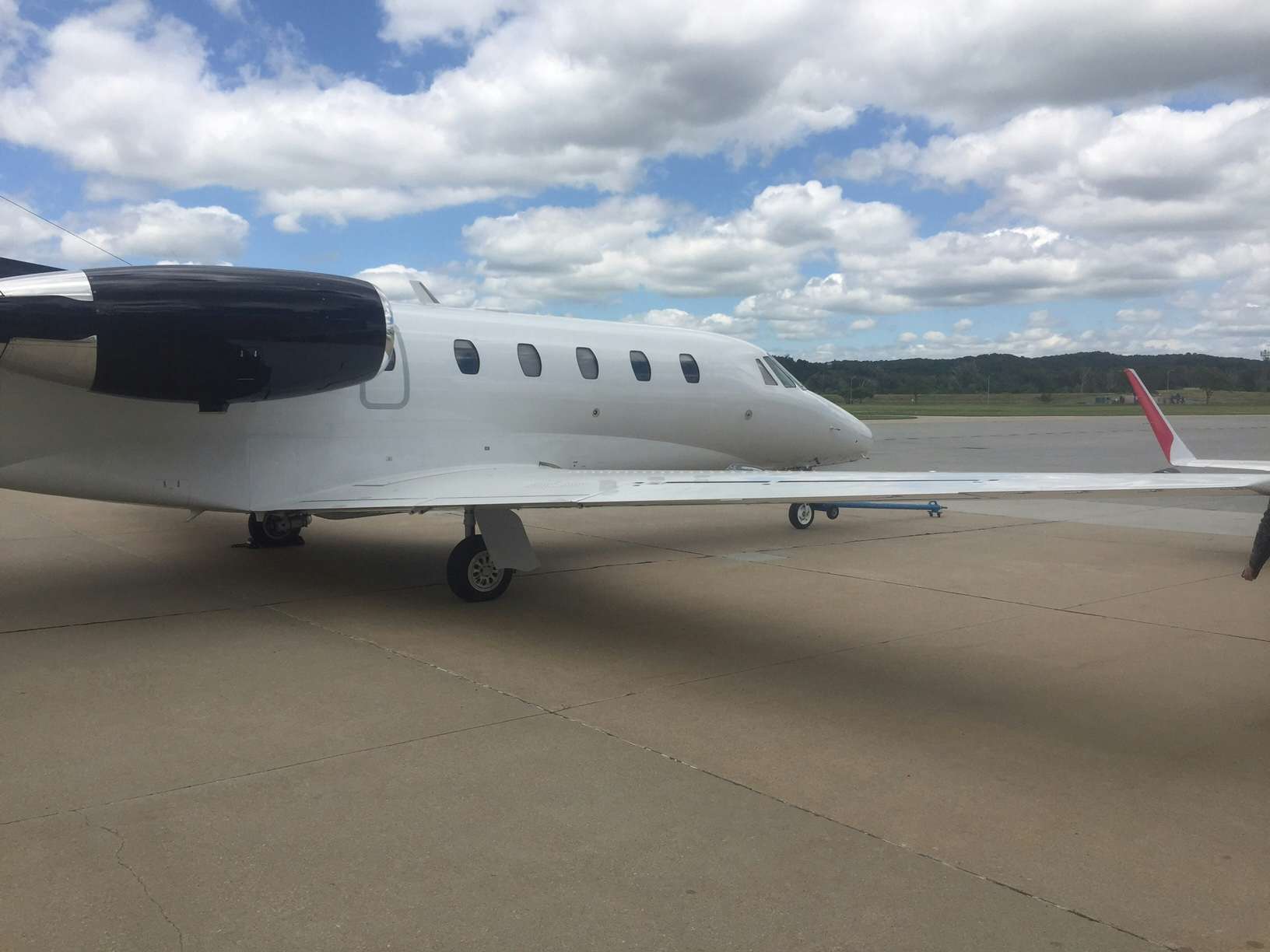
By various estimates, 30% to 50% of the private jet charter fleet flies empty. Why? Unlike airlines which schedule aircraft and then sell seats knowing at all times where planes are supposed to be and how many people are booked to be flying, in private aviation, the jets are waiting to go and pick up passengers willing to pay as much as $15,000 per hour to fly in them. In terms of structure, it’s as different as chalk and cheese.
Empty legs are the result of having to fly a plane to pick up a customer who has chartered the jet, in some cases the owner of the jet or a jet card customer. Conversely empty legs are created after dropping off an owner or full paying customer and needing to fly the plane back to base. Sometimes they also pop up after dropping off a customer and then flying to another airport to pick up the next customer, sort of how an Uber driver accepts a new customer as he is dropping up his or her current passenger. Empty legs can come on to the market from months to hours before departure time, but typically a few days in advance. A look at the website for Airstream Jets shows empty legs as far away as next April. For $5,000 you can fly in a Learjet 35A from Los Angeles to Bozeman, Montana.
You will see brokers and operators marketing empty legs at 50% to 80% off rack rates. In fact, a key perk of signing up JetSmarter’s membership is access to empty legs, although depending on the membership level you don’t get the entire plane but a specific number of seats. Jet Linx Aviation and Wheels Up aoffer empty legs as perks to their customers. Brokers such as Victor, JetSuite, PrivateFly and a long list of others offer empty legs as part of their regular consumer promotions. You can even track empty leg offers on Twitter using the hashtag #emptyleg.

If empty legs seem like too good a deal to be true, depending on how you plan to use them, the could be.
If the paying customer cancels his or her trip from Teterboro to Aspen the empty leg you scored from Aspen to Teterboro is going to be canceled. Or even worse, in the reverse, if you booked an empty leg from Teterboro to Aspen because the plane was supposed to be used for a full revenue flight from Aspen back to Teterboro, you might find your flight canceled anytime before departure if the person on the other side of the trip changes plans.
What it means is if you want to play the empty leg market, you need to be flexible, as in very flexible. Don’t use an empty leg to fly someplace where you need to be there at a specific time or day. Even if your empty leg isn’t canceled, it’s not unusual for your departure time to be moved. The operator may need to change your schedule to make sure the flight crew doesn’t go over their legal limits with the priority making sure the flight for the full paying customers goes off on time.
If you just want to get from Washington D.C. to Palm Beach next week and you don’t care about time or day, you can save money and avoid the wonderful experience of flying commercially. My best advice in using empty legs is to use them between airports which already have frequent commercial service so if your empty leg goes south you can go to the other side of the airport and catch an airline flight.
The other thing to keep in mind is who the operator is. Just like you would scrutinize operator and aircraft if buying on-demand charter at full rate, do your due diligence on who will be flying you and make sure you are happy with the provider.
While JetSmarter isn’t a broker, they have a deal with XOJET for empty legs, meaning you will be flying with a quality operator. Likewise, if you are a Wheels Up, Delta Private Jet or Jet Linx customer, the empty legs they are offering are on aircraft they manage or own, so you know what you are getting.
For the over 15 years I’ve been involved in private aviation, operators have been trying to reduce the percentage of empty flights, and many have. However, the fact that empty legs are still so prevalent and available is that for people without flexibility, they are unlikely to work.